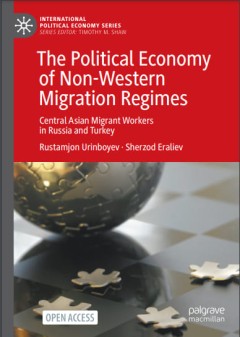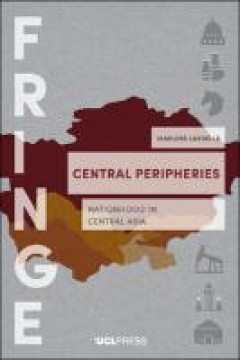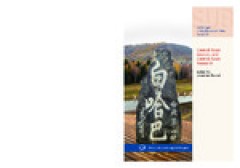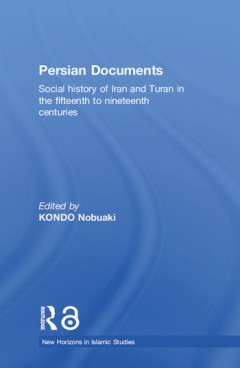Filter by

Mongol Court Dress, Identity Formation, and Global Exchange
The Mongol period (1206-1368) marked a major turning point of exchange – culturally, politically, and artistically – across Eurasia. The wide-ranging international exchange that occurred during the Mongol period is most apparent visually through the inclusion of Mongol motifs in textile, paintings, ceramics, and metalwork, among other media. Eiren Shea investigates how a group of newly-conf…
- Edition
- -
- ISBN/ISSN
- 9781032238432
- Collation
- xvii,207 p
- Series Title
- -
- Call Number
- 391.00951 HEA M

The Political Economy of Non-Western Migration Regimes : Central Asian Migran…
This open access book contributes new theoretical and comparative insights on migrant agency, undocumentedness and informality in non-Western, non-democratic migration regimes. The book is conceived as a critical reflection on the contemporary migration regime scholarship, and, more generally, on comparative migration studies, which primarily focus on migrants’ experiences and immigration pol…
- Edition
- -
- ISBN/ISSN
- 9783030992569
- Collation
- IX, 192 p ; ill
- Series Title
- -
- Call Number
- 327.111 POL

Central peripheries : nationhood in central asia
Central Peripheries explores post-Soviet Central Asia through the prism of nation-building. Although relative latecomers on the international scene, the Central Asian states see themselves as globalized, and yet in spite of – or perhaps precisely because of – this, they hold a very classical vision of the nation-state, rejecting the abolition of boundaries and the theory of the ‘death of …
- Edition
- -
- ISBN/ISSN
- 9781800080133
- Collation
- ix. :264 p.
- Series Title
- -
- Call Number
- 327.58. MAR c

Central Asian sources and Central Asian research
In October 2014 about thirty scholars from Asia and Europe came together for a conference to discuss different kinds of sources for the research on Central Asia. From museum collections and ancient manuscripts to modern newspapers and pulp fiction and the wind horses flying against the blue sky of Mongolia there was a wide range of topics. Modern data processing and data management and the prob…
- Edition
- -
- ISBN/ISSN
- 9783863952723
- Collation
- 228 p.
- Series Title
- -
- Call Number
- 491.8 REC c

Persian documents : social history of Iran and Turan in the fifteenth to nine…
After the Mongol period, Persian was the official written language in Iran, Central Asia and India. A vast amount of documents relating to administration and social life were produced and yet, unlike Ottoman and Arabic documents, Persian historical resources have received very little critical attention. This book is the first to use Persian Documents as the sources of social history in Early Mo…
- Edition
- -
- ISBN/ISSN
- 9780203508862
- Collation
- xvii, 189p. : ill.
- Series Title
- -
- Call Number
- 955.03 PER p
 Computer Science, Information & General Works
Computer Science, Information & General Works  Philosophy & Psychology
Philosophy & Psychology  Religion
Religion  Social Sciences
Social Sciences  Language
Language  Pure Science
Pure Science  Applied Sciences
Applied Sciences  Art & Recreation
Art & Recreation  Literature
Literature  History & Geography
History & Geography